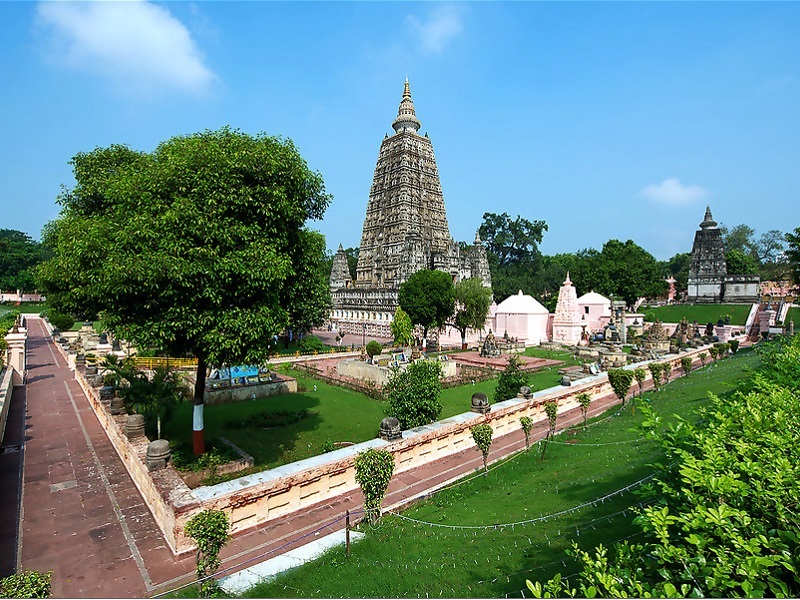Bodhgaya, the sacred land where Prince Siddhartha attained enlightenment and became the Buddha, is the most important Buddhist pilgrimage site in the world. Located in Bihar, India, Bodhgaya is not just a place of religious significance but also a destination that exudes spiritual energy and historical importance. Here’s why Bodhgaya is the ultimate destination for Buddhist pilgrimage:
The Mahabodhi Temple is the centerpiece of Bodhgaya and a UNESCO World Heritage Site. It is built at the very place where Lord Buddha attained enlightenment under the Bodhi Tree. The temple, with its magnificent architecture and sacred Bodhi Tree, attracts thousands of pilgrims who come to meditate and pay homage to the Enlightened One.
2. The Sacred Bodhi Tree – The Tree of Enlightenment
The Bodhi Tree in Bodhgaya is a direct descendant of the original tree under which Buddha meditated for seven weeks before attaining Nirvana. For Buddhists, sitting under this tree and meditating is a deeply spiritual experience that connects them to the very moment Buddhism was born.
Bodhgaya is home to numerous monasteries built by Buddhist communities from Thailand, Japan, Bhutan, Tibet, Sri Lanka, and other countries. These monasteries provide pilgrims with an opportunity to experience different Buddhist traditions, participate in meditation retreats, and learn more about Buddhism from monks and scholars.
The 80-foot-tall Great Buddha Statue is an iconic landmark of Bodhgaya. This awe-inspiring statue, built with sandstone and red granite, represents Buddha in deep meditation, radiating peace and serenity. It is one of the most visited attractions in Bodhgaya.
A short distance from Bodhgaya, the Dungeshwari Caves are where Prince Siddhartha practiced extreme asceticism before realizing the Middle Way. These caves hold great spiritual importance as they mark a crucial phase in Buddha’s journey to enlightenment.
6. Sujata Stupa – A Symbol of Compassion
The Sujata Stupa commemorates Sujata, a village woman who offered rice pudding to Siddhartha when he was on the verge of death due to extreme fasting. This act of kindness was pivotal in Buddha’s realization that enlightenment could not be attained through self-mortification.
According to legend, the serpent king Muchalinda protected Buddha from a storm while he meditated near this lake. The serene surroundings of Muchalinda Lake provide a peaceful space for reflection and meditation.
Bodhgaya hosts important Buddhist festivals such as Buddha Purnima and the International Tipitaka Chanting Ceremony. These events attract devotees from around the world, offering a chance to witness grand rituals, prayers, and cultural performances.
9. A Global Pilgrimage Hub
Bodhgaya is visited by Buddhist pilgrims from all over the world, making it a melting pot of cultures, traditions, and spiritual practices. The presence of global Buddhist organizations and educational institutions enhances the learning and spiritual experience of visitors.
Bodhgaya is more than just a pilgrimage site—it is the birthplace of Buddhism, a spiritual sanctuary, and a place where seekers find inner peace. Whether you are a devoted Buddhist or someone searching for enlightenment and tranquility, Bodhgaya offers an unparalleled experience that resonates with the teachings of the Buddha. If there is one place that defines the essence of Buddhist pilgrimage, it is Bodhgaya.
